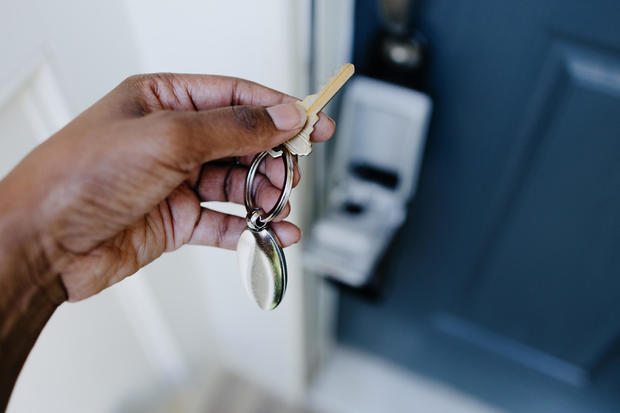5 simple strategies to reduce your mortgage rate
If you're buying a home, securing a low mortgage rate can make a world of difference. After all, even a fraction of a percent can result in big interest savings over time. And, with home prices as high as they are right now, it's important to save money where you can.
But with rates as high as they are currently, finding a low rate may be more difficult than it was in recent years. Lenders were offering mortgage rates of 2% to 5% in 2021 and early 2022, but rates are hovering above 7.5% on 30-year fixed-rate loans as of September 5, 2023. That's a significant increase comparatively.
Luckily, there are a few strategies you can use to reduce your mortgage rate today — and potentially save thousands over the life of your loan.
Find out what mortgage rates you may qualify for here.
5 simple strategies to reduce your mortgage rate
If you're buying a home in the near future and want to secure the best rate possible on your mortgage loan, the following strategies may help you reduce your rate:
Pay for points
Mortgage points, also referred to as discount points, are a valuable tool to lower your mortgage rate. When you pay for mortgage points, you essentially pay an upfront fee to your lender in exchange for a reduced interest rate over the life of your loan.
Each point typically costs about 1% of the total loan amount — and depending on the lender and loan terms, each one can lower your interest rate by about 0.25% to 0.5%. Depending on your financial situation and how long you plan to stay in your home, paying for points can lead to significant savings.
Learn more about the rates top lenders are offering now.
Secure a temporary buydown
If you're buying a new-construction home or dealing with a motivated seller, you may be able to negotiate a temporary rate buydown as part of your contract on the home. This arrangement involves the seller or builder contributing funds upfront to subsidize your mortgage rate for the initial years of your loan.
With this strategy, the seller or builder deposits funds into an escrow account, and that money is then used to temporarily reduce your interest rate for a specific period of time — generally the first year or two. While this won't permanently lower your interest rate, it can provide immediate relief by reducing your initial monthly payments, making homeownership more affordable during the critical early years.
Shop around for lenders
Don't settle for the first mortgage loan offer you get. Different lenders offer various interest rates and terms — and if you shop around and compare offers, you are more likely to find a lender that's offering the lowest rate possible right now.
During this process, it's important to take the time to compare offers from multiple sources, including traditional banks, credit unions and online mortgage lenders. Even a seemingly small difference in interest rates can result in substantial savings over the life of your mortgage, so there can be big advantages to spending time on this process.
Make a larger down payment
Increasing your down payment not only reduces your loan amount but also improves your loan-to-value (LTV) ratio, which can lead to a lower interest rate. Lenders often provide better rates to borrowers with higher down payments because they pose less risk.
Plus, if you can afford to put down a larger sum upfront, you'll not only improve your chances of getting a lower rate, but will also avoid private mortgage insurance (PMI) costs — which you would pay if your down payment is less than 20%.
Choose an ARM loan
Choosing an adjustable-rate mortgage (ARM) loan is another strategy that can lead to a lower interest rate. While ARM loans aren't typically the best option in a normal economy due to the risk of the variable rate increasing over time, they could make sense right now.
That's because ARM loans typically offer lower initial interest rates compared to fixed-rate mortgage loans. After the period of fixed interest ends, the rate can change depending on the overall rate environment. If rates go up, the rate on your ARM loan will likely follow — and if they go down, your rate would likely decline in tandem.
In turn, these types of loans can be a good choice if you plan to sell or refinance your home before the initial fixed-rate period ends, potentially saving you money on interest. But given how high rates are right now, there's also a chance that mortgage rates could decline in the future — which could lead to a lower rate on your loan after the fixed period ends.
The bottom line
Lowering your mortgage rate is a wise financial move that can lead to substantial savings over time, especially right now. Whether you choose to pay for points, negotiate a temporary buydown with the seller, shop around for lenders, make a larger down payment or consider an ARM loan, the strategies outlined above can contribute to a more affordable homeownership experience. Remember that every percentage point you shave off your interest rate can translate into significant long-term savings, so carefully evaluate these options to find the right approach for your unique financial situation.




